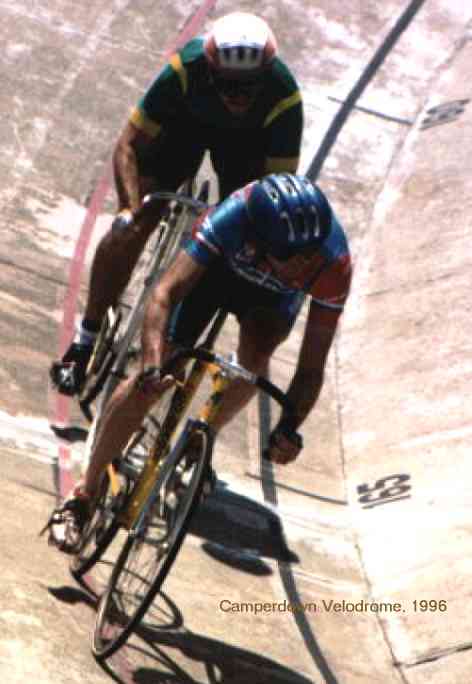Digital tip of the day - layers
OK, you know all this stuff, but maybe someone out there doesn't. If you are into either scanned or direct digital photography you will have noticed by now that you have a range of editing options at your disposal. Typically you will have a basic freebie like MS Paint, or a came-with-the-scanner powerhouse like Photoshop Elements. Now you can do some pretty useful stuff with Paint and its ilk - like cropping, for starters, and adding text. But I'm hoping that you lust for more control. So I'll write here about Elements, but it applies generally to other editing programs like the GIMP, too.
Layers. Not productive chickens, but another layer of image added on top of the original. Just try it out. Open your image and maybe do so cropping first. Then start with a duplicate layer. That's right, it's an option up there on the top tool-bar. Elements defaults to viewing down through the pack, so it's like you have simply added a another exact copy on a transparency, except it didn't get darker. You can make it darker by using different types of layers and settings, or by using the filters (again, look at the tool-bar and pull-down a list of filters). In fact you can do so much it's dazzling.
Try this one trick for starters. Select your original image and use the clone stamp tool (select tool, select size and 'normal', hold down alt and left-click) to select just a small part of your image from the background slide. Now make a duplicate layer, or go to it by selecting it on the layer panel to your right. Now select a filter - let's use blur, then Gaussian blur, on just that duped layer. Just use a small blur to start with, to put everything 'out of focus' but recognizable. Now experiment a bit with the clone tool, try stamping once on the same feature that you copied. Once you have made that initial stamp you can move around and fill in the rest of the image, or just the detail you want.
Remember, less is more. Unless you want to go crazy (I know I do).
In this way you can stamp an unblurred original on top of a blurred copy, bringing a feature (maybe a face) out of a crowded background. Try feathering the clone stamp - or even easier, just use differing levels of opacity. Say 10% to just ink in a faint image, or 100% to really make it stand out. Experiment. You can always undo. In this way you can build up multiple layers with different effects to generate a final image. You can do a lot more but that gets you started.
Labels: blur, clone stamp, layers, Photoshop








